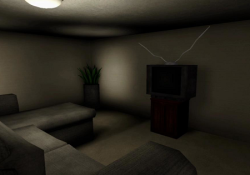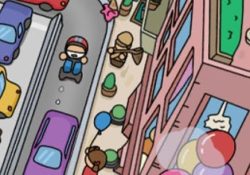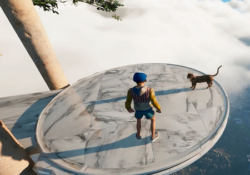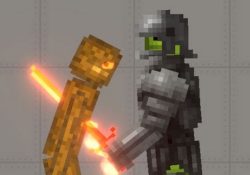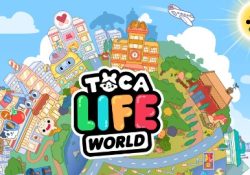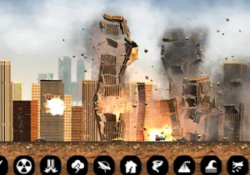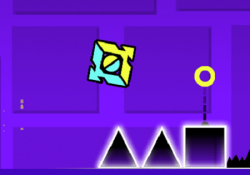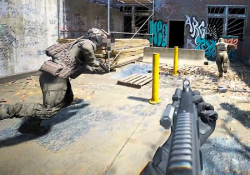Amanda The Adventurer 3 continues the unsettling mystery surrounding the children’s tapes and the deeper story behind the characters tied to them. This time, players take on the role of Riley once again, now exploring a long-abandoned facility with connections to Amanda, Aunt Kate, and a company with a disturbing past. Unlike previous entries, the third installment expands the environment, introducing a larger space filled with locked doors, decayed rooms, and old machines left in silence. The goal is to uncover the remaining secrets hidden within the tapes while solving environmental puzzles that slowly peel back layers of forgotten experiments and unexplained events.
Gameplay Flow And Exploration
The structure of the game relies on detailed exploration and interaction with various rooms scattered across the building. Players search for tapes, analyze strange symbols, and solve logic-based puzzles to open new sections. With every puzzle solved, more of the narrative becomes clear, often through voice recordings or strange events triggered by watching the tapes. Each area introduces new types of interactions that require players to think critically. Instead of combat or action, the focus remains on quiet progression and interpretation, allowing tension to build naturally through audio and visual shifts.
Key Gameplay Elements Present Throughout
- Searching for and playing VHS tapes in specific order
- Decoding symbols and connecting visual clues
- Interacting with unusual machines and old technology
- Unlocking hidden spaces and accessing deeper facility levels
- Piecing together information from tapes, documents, and sounds
These components combine to create a slow-burning atmosphere, where discovery feels personal and sometimes unnerving.
Narrative Structure And Atmosphere
Amanda The Adventurer 3 pushes the story further into psychological and experimental territory. The tapes act as both narrative devices and puzzle keys, revealing glimpses into Amanda’s transformation and the company’s past intentions. As Riley, the player is mostly alone, with moments of voice guidance from previous recordings and distorted versions of familiar characters. The environment reflects a place once active with research but now silent and fractured, with each puzzle room feeling like a preserved memory waiting to be decoded. There’s a focus on memory, media, and control—central themes that shape the tone of this final chapter.




